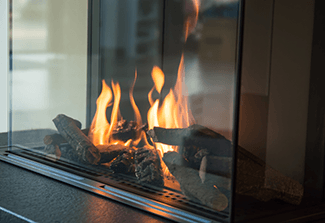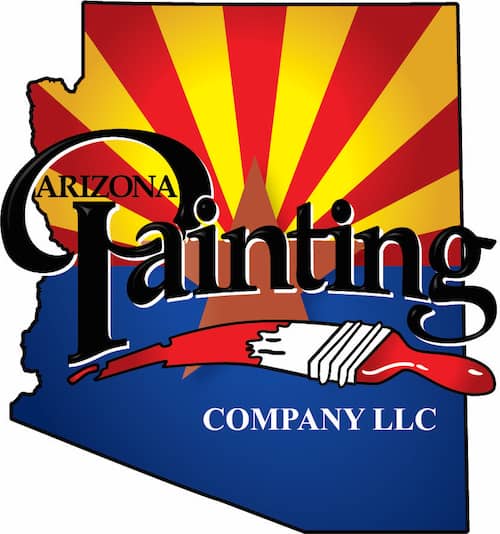GAS FIREPLACES SAFETY PRECAUTIONS
Rosie urges anyone who converts a wood-burning fireplace to gas to take precautions to protect your family and your home from harm; practice good gas fireplace safety.
Whenever you use a gas appliance in your home, you run the risk that excess carbon monoxide will poison your family or that an untended gas flame will cause a fire.
You can prevent those tragedies by studying your manufacturer’s gas fireplace safety instructions and by following Rosie’s tips for enjoying your gas-burning fireplace without incident.
For all gas-burning fireplaces

- Hire a licensed contractor to convert your wood-burning fireplace to gas. Working with a gas line or a propane tank is a job for an experienced professional, not a do-it-yourselfer.
- Make sure your contractor installs an oxygen-depletion sensor in your gas fireplace. This device, sometimes called a “safety pilot,” automatically shuts the gas off if the temperature in the fireplace gets too cold or if too much carbon monoxide builds up.
- Insist on having one, even if your gas fireplace is vented.
- Check your county and city building codes before installing a gas fireplace to learn about restrictions on where you can place a gas fireplace. Ask your contractor to get a building permit before installing the gas line or propane tank that will fuel your fireplace.
- Have your chimney cleaned by a professional chimney sweep before you fire up your gas logs for the first time.
- Install carbon monoxide detectors on every floor of your house.
- Although tests show that gas fireplaces do not increase carbon monoxide levels in your home, it’s wise to have the detectors if you use any gas appliances at home, including a furnace, a stove or a fireplace. Change the batteries twice a year.
- Have a professional, like a fireplace retailer, inspect and clean your gas log set once a year. During a routine maintenance inspection, the professional will:
- Clean and adjust the logs and accessories like the glowing “embers” so they look their best.
- Clean the fan and air circulation passages.
- Clean the glass.
- Check the batteries in the carbon monoxide detector.
- Make sure vents are unobstructed.
- Keep your children away from the gas fireplace. If your model has glass doors, they will get hot enough to burn a little hand that leans against it.
- Leave three feet between the fireplace and flammable objects like furniture and curtains.
- Contact your service professional if you smell an unusual odor or if the appearance of the flames changes. If you smell gas, call 911 and leave the house.
- Before cleaning your logs with a damp cloth, wait for the unit to cool completely.
Especially for vent-free gas log sets:
Burning gas can deplete the oxygen in your home. If you burn your vent-free logs for more than an hour, crack a window open to replace the oxygen. Better still, limit your use of your vent-free gas fireplace to no more than a few hours at a stretch.
Especially for vented gas logs:
Clamp your fireplace damper into the open position so it never closes. The open chimney will allow carbon monoxide to escape. A closed one will send it into your home, where it can poison your family. The gas is odorless and colorless, and it doesn’t produce smoke like a wood fire does, so you won’t know it’s in the room until develop symptoms.
















